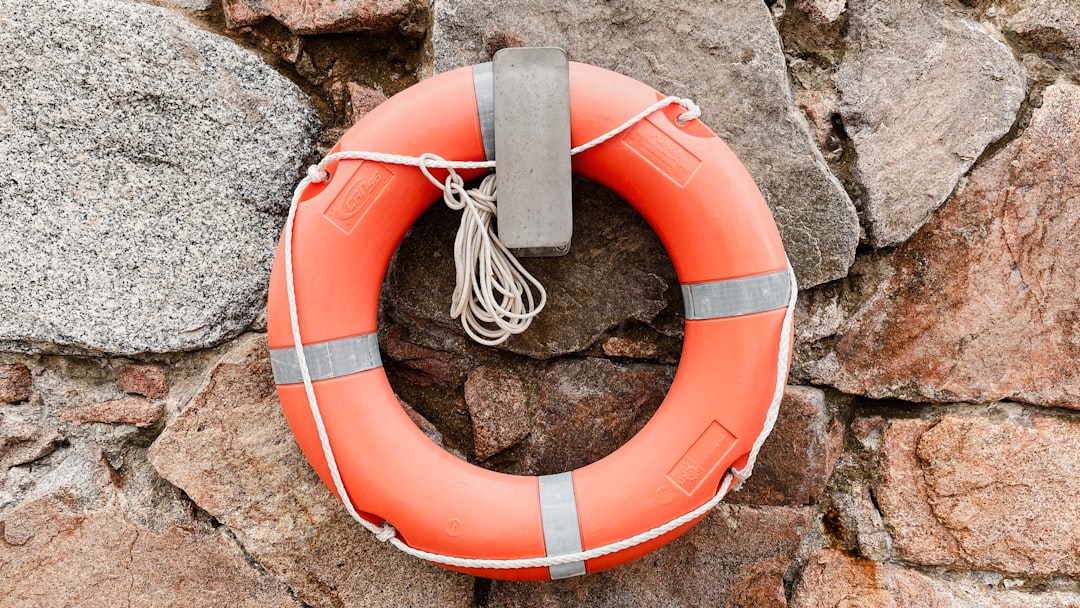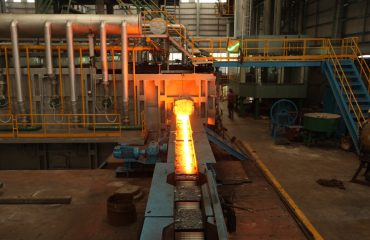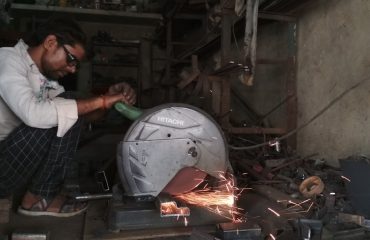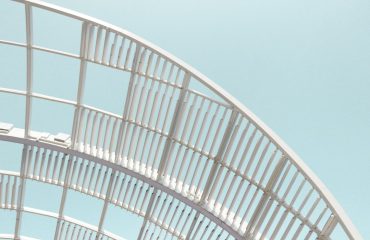body {
font-family: sans-serif;
line-height: 1.6;
}
h1, h2, h3 {
color: #0056b3;
}
Marine environments present unique and significant challenges to piping systems. The constant exposure to saltwater, fluctuating temperatures, and the inherent risks associated with operating in a confined space necessitate stringent safety protocols and meticulous maintenance. This comprehensive guide delves into the critical aspects of ensuring pipe safety in marine applications, aiming to prevent accidents and ensure the longevity and reliability of your vessel’s infrastructure.
1. Material Selection: The Foundation of Marine Pipe Safety
The choice of pipe material is paramount in marine applications. The material must possess exceptional corrosion resistance to withstand the harsh saltwater environment. Common choices include:
- Stainless Steel: Offers excellent corrosion resistance and high strength, making it suitable for various applications. Different grades (e.g., 316L) offer varying levels of corrosion resistance, depending on the specific marine environment.
- Duplex Stainless Steel: Combines the properties of austenitic and ferritic stainless steels, providing superior strength and corrosion resistance compared to standard stainless steel.
- Copper Nickel Alloys: Excellent resistance to corrosion and biofouling, often used in seawater cooling systems.
- High-Density Polyethylene (HDPE): Used for less demanding applications, offering good chemical resistance and flexibility.
Careful consideration of the specific fluid being transported, the operating pressure and temperature, and the environmental conditions is crucial in selecting the appropriate pipe material. Incorrect material selection can lead to premature failure, leaks, and potentially catastrophic consequences.
2. Corrosion Prevention: A Proactive Approach to Pipe Integrity
Corrosion is a major threat to marine piping systems. To mitigate this, a multi-faceted approach is necessary:
- Protective Coatings: Applying coatings like epoxy, polyurethane, or zinc-rich paints provides a barrier against corrosion.
- Cathodic Protection: This electrochemical technique uses sacrificial anodes or impressed current to protect the pipe from corrosion.
- Regular Inspections: Visual inspections, coupled with non-destructive testing (NDT) methods such as ultrasonic testing (UT) and magnetic particle inspection (MPI), are crucial for detecting early signs of corrosion.
- Proper Drainage: Ensuring proper drainage prevents the accumulation of stagnant water, which accelerates corrosion.
A proactive corrosion prevention strategy is far more cost-effective than dealing with the consequences of corrosion-related failures.
3. Leak Detection and Prevention: Minimizing Downtime and Environmental Impact
Detecting leaks early is crucial for preventing significant damage and environmental pollution. Methods include:
- Regular Visual Inspections: Checking for signs of leaks, such as wetness, discoloration, or unusual sounds.
- Pressure Monitoring: Continuously monitoring the pressure in the piping system can indicate leaks.
- Acoustic Leak Detection: Utilizing specialized sensors to detect the sound of leaks.
- Ultrasonic Leak Detection: Detecting leaks based on the ultrasonic waves generated by escaping fluids.
Implementing a robust leak detection system coupled with preventive maintenance significantly reduces the likelihood of major leaks and minimizes downtime.
4. Emergency Procedures and Response: Preparedness for Unexpected Events
Having well-defined emergency procedures is vital for handling pipe failures. This includes:
- Emergency Shutdown Procedures: Clearly defined steps to quickly isolate the affected section of the piping system.
- Containment Procedures: Methods to contain spilled fluids, preventing environmental damage and safety hazards.
- Emergency Response Team: A trained team responsible for handling emergencies, including leak repair and cleanup.
- Communication Plan: A system for communicating effectively during an emergency.
Regular drills and training are essential to ensure the effectiveness of emergency procedures.
5. Maintenance and Inspection: The Key to Long-Term Pipe Safety
Regular maintenance and inspections are crucial for maintaining the integrity of marine piping systems. This involves:
- Scheduled Inspections: Regular visual inspections and NDT testing to identify potential problems early on.
- Preventative Maintenance: Regular cleaning, lubrication, and repair of components to prevent failures.
- Record Keeping: Maintaining detailed records of inspections, maintenance activities, and repairs.
- Compliance with Regulations: Adhering to all relevant maritime regulations and standards.
A well-structured maintenance program significantly extends the lifespan of the piping system, minimizes downtime, and enhances overall safety.
By implementing these strategies and maintaining a proactive approach, marine operators can significantly enhance the safety and reliability of their piping systems, ensuring the safety of personnel and the protection of the marine environment.
SEO Tags:
Marine pipe safety, marine piping systems, corrosion prevention marine, leak detection marine, maritime safety regulations




